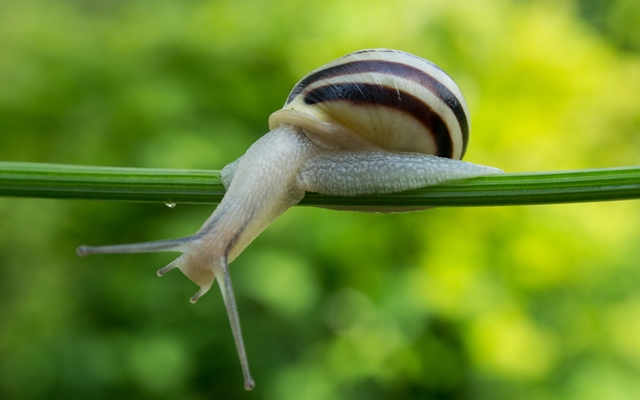From a biological perspective, all animals – including humans – are driven to have sex to reproduce, but the manner in which the deed is carried out varies not only from couple to couple but from species to species. In fact, sex in the animal kingdom can be downright wild. Here are thirteen facts that might surprise you:
1. The European goshawk porcupine can have sex 10 times a day, in fact the monogamous male can copulate around eight times each night.
2. Some snails shoot a one-centimeter-long dart into their partners, which prolongs the copulation process.
3. Monogamous female grebe birds regularly mount their males.
4. Prairie voles are part of the only three percent of mammals that mate for life. They form strong bonds, groom each other, and aggressively discourage competition for their mates’ affection. However, montane voles, which share 99 percent of their genes with prairie voles, form no such bonds – preferring, instead, one-night stands.
5. Limax maximus slugs have penises the size of their bodies. Sex takes 24 hours, during which time they intertwine their penises with each other in a variety of complex shapes and patterns.
6. Many monogamous animals perform duets of coordinated singing, often while facing each other throughout the duration of their partnership.
7. Oystercatcher birds sometimes form partnerships of two females and one male. In these triads, the females have sex with each other.
8. Studies have shown that 54 percent of baby chimps, 76 percent of baby Australian fairy wrens, and 35 percent of baby indigo buntings are sired by males other than the female’s mate.
9. Female bonobo primates engage in frequent erotic behavior with males and other females. This includes genital rubbing, oral sex, and tongue kissing.
10. Gelada baboons generally live in groups of closely related females and their children, with a single adult male who grooms them and guards them against other males. When there are too many females for their male to groom them all, some will leave to start a new group with another male.
11. The male bush cricket loses approx. ¼ of his body weight when he ejaculates. The female then eats it and produces fertilized eggs.
12. Some species of fish can change their sex for reproduction. Protogynous hermaphrodites are females that change into males at a certain point in their development or when a male is needed. The process takes about five days. Protoandrous hermaphrodites, which start out as males and become females, are more rare.
13. Female moorhens are larger and more aggressive than males. They fight other females for the males, who incubate the eggs.
Apparently, in the animal kingdom, anything goes. At the very least, these tidbits should remind us that there is no “right” or “wrong” way to answer this particular call of the wild.
—
Susan Edwards is the COO of Ellora’s Cave, the world’s first and foremost publisher of erotic romance, which combines the conventions of traditional romance novels with common vernacular in place of purple prose.











